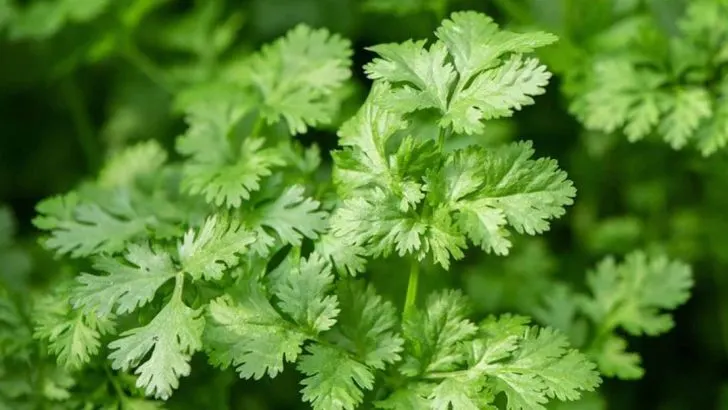Think you need a backyard or even a bag of potting mix to grow cilantro? Think again. This flavorful herb is more adaptable than most people realize—and yes, you can grow it completely without soil. Whether you’re short on space, avoiding mess, or just curious about cleaner gardening methods, going soilless could be the fresh twist your setup needs.
From hydroponics to water-rooting on your windowsill, these 14 tips will guide you through every step. With the right light, nutrients, and simple techniques, you can enjoy lush, fragrant cilantro all year round—no dirt required.
Hydroponic System Selection
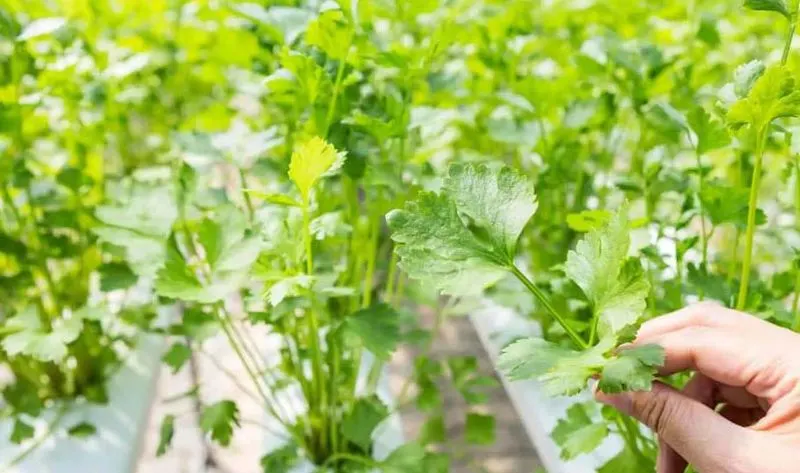
Selecting the right hydroponic system sets the foundation for your cilantro’s growth. Options such as nutrient film technique (NFT) or deep water culture (DWC) are popular. Each system offers unique benefits, like efficient nutrient delivery or space-saving designs. Consider your space and budget when choosing. A small apartment might benefit from a compact system, while a larger area can accommodate more elaborate setups. Research and adaptability are key, allowing you to tailor the system to your specific needs and ultimately maximizing your cilantro’s potential.
Optimal Light Conditions

Lighting is a crucial factor in growing cilantro indoors. LED grow lights provide a consistent and controllable light source, imitating sunlight. Position them close to the plants to promote robust growth. Adjusting the light spectrum can enhance photosynthesis, leading to healthier plants. For those with limited natural light, this setup ensures your cilantro receives the necessary illumination. Regularly monitor light intensity, altering as needed, to avoid burning the leaves. A successful balance of light fosters vibrant, flavorful cilantro that’s ready for your kitchen.
Nutrient Solution Preparation

Crafting a nutrient solution tailored to cilantro’s needs promotes vigorous growth. Utilizing a blend of essential minerals like nitrogen, phosphorus, and potassium helps maintain plant health. Adjust concentrations based on growth stages; seedlings require different nutrients than mature plants. Regularly test and balance the pH level to optimize nutrient uptake. This attention to detail ensures your cilantro thrives in a hydroponic environment. Understanding the nutritional needs empowers you to create a thriving garden without soil reliance.
Water Quality Management
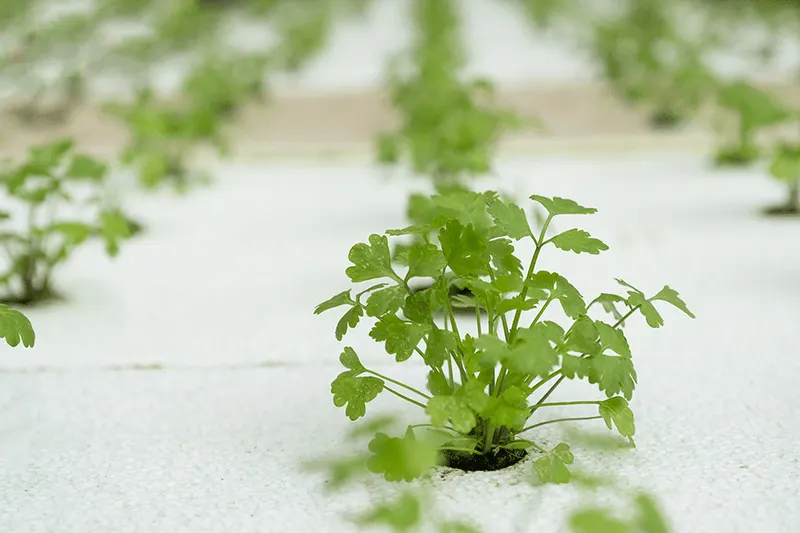
Water quality directly impacts cilantro’s health in a hydroponic setup. Utilizing filtered or distilled water prevents mineral buildup that can harm plants. Regularly check water quality with a TDS meter to maintain ideal conditions. Excess minerals or contaminants can hinder growth and flavor. Keeping water fresh and oxygenated enhances root development. By prioritizing water quality, you ensure a conducive environment for your cilantro to flourish. This proactive approach safeguards your herb from common hydroponic challenges.
Choosing Cilantro Varieties
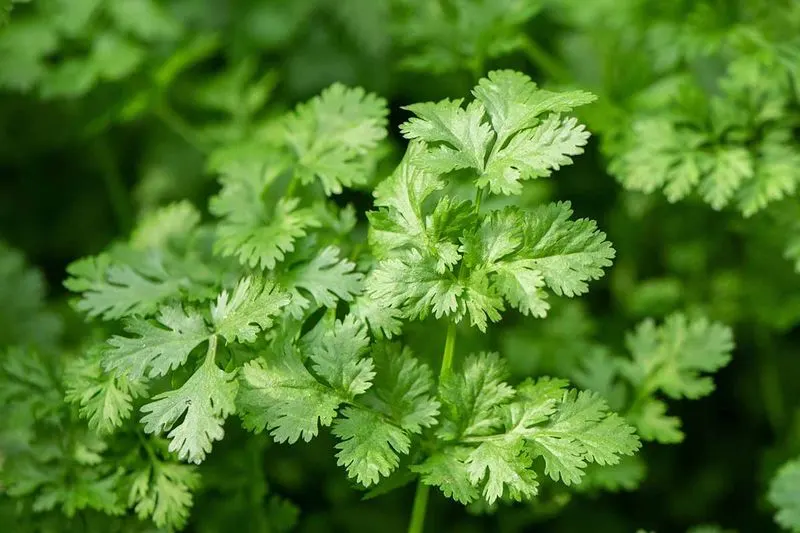
Not all cilantro is created equal; selecting the right variety can influence flavor and growth. Varieties like ‘Santo’ or ‘Calypso’ are known for their robust flavor and resistance to bolting. Consider your culinary preferences and growth conditions when choosing. Some varieties thrive better in hydroponic systems, offering higher yields or extended harvesting periods. Exploring different types adds diversity to your garden, allowing you to experiment with flavors. This selection process enriches your overall growing experience.
Temperature Control

Maintaining the right temperature is crucial for thriving cilantro. Temperatures between 65-75°F provide an ideal environment. Too cold, and growth slows; too warm, and plants may bolt prematurely. Use heaters or fans to stabilize the climate, ensuring consistent conditions. Monitoring temperature fluctuations helps prevent stress on plants. This careful regulation enhances growth and flavor, contributing to a successful harvest. Embracing this aspect of hydroponic gardening is key to nurturing healthy, aromatic cilantro.
Humidity Management
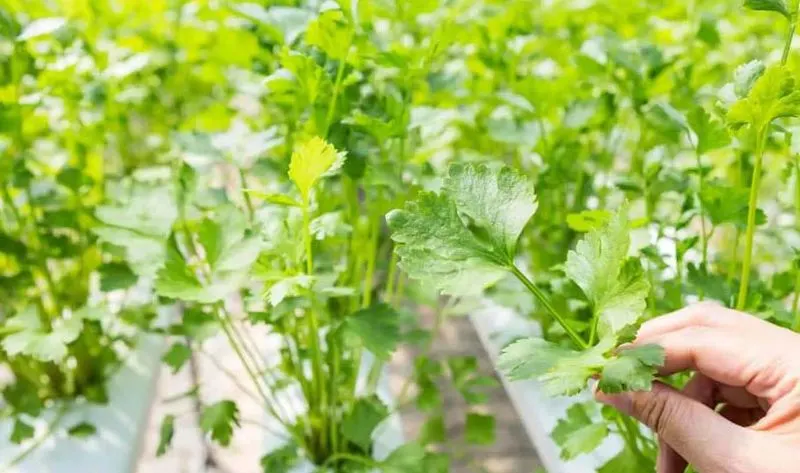
Achieving the right humidity levels is often overlooked but vital. Cilantro prefers moderate humidity, around 40-50%. Too humid, and you risk fungal diseases; too dry, and the leaves may wilt. Monitoring with a hygrometer allows adjustments as needed. Implementing a humidifier or dehumidifier can help maintain balance. This conscientious approach ensures your plants remain healthy and vibrant. Understanding humidity’s role in hydroponic gardening enhances your chances of success, leading to a bountiful cilantro harvest.
Regular Pruning Techniques

Pruning cilantro encourages bushier growth and prevents bolting. Regularly snipping the tops promotes new shoots, leading to a denser plant. Focus on trimming above the leaf nodes to stimulate growth. This technique prolongs the plant’s life and maximizes yield. Pruning also enhances air circulation, reducing disease risk. Embrace this practice to maintain a thriving indoor garden filled with fresh cilantro. By dedicating time to this routine, you ensure a continuous supply of aromatic leaves for your culinary creations.
Pest Management Strategies

Even in indoor settings, pests can become a nuisance. Employing natural pest control methods like neem oil or insecticidal soap protects your cilantro. Regularly inspect plants for signs of infestation, such as yellowing leaves or tiny insects. Address issues promptly to prevent spread. Building a pest-free environment involves maintaining cleanliness and monitoring. This vigilance keeps your plants healthy and productive. Learning to manage pests effectively contributes to a successful hydroponic cilantro endeavor.
Container and Space Optimization
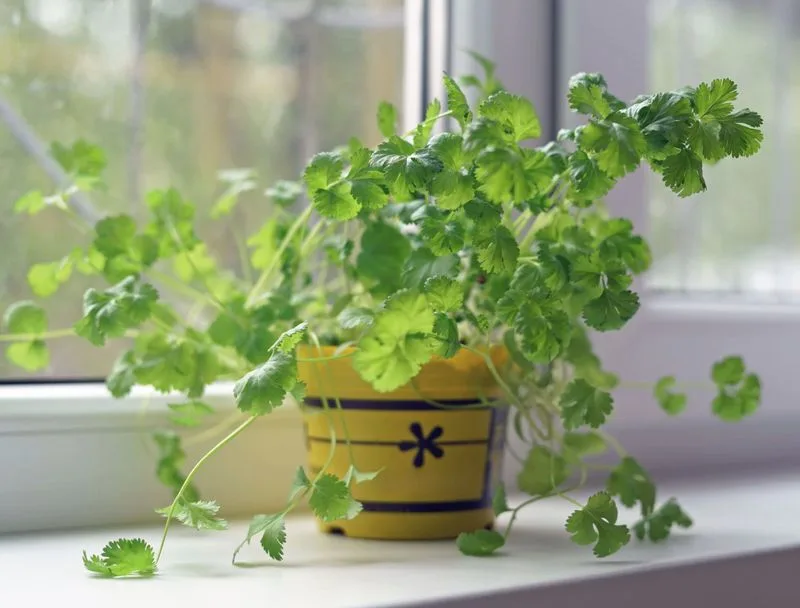
Optimizing space is essential for small-scale gardening. Utilize vertical gardens or tiered systems to grow cilantro efficiently. Container choice affects growth, with some designs promoting better root development. Assess your available space and tailor the setup accordingly. Creative organization maximizes yield without compromising plant health. This efficient use of space allows even those in tight living quarters to enjoy fresh cilantro. By thinking outside the box, you can create a productive indoor garden that fits your lifestyle.
Monitoring pH Levels
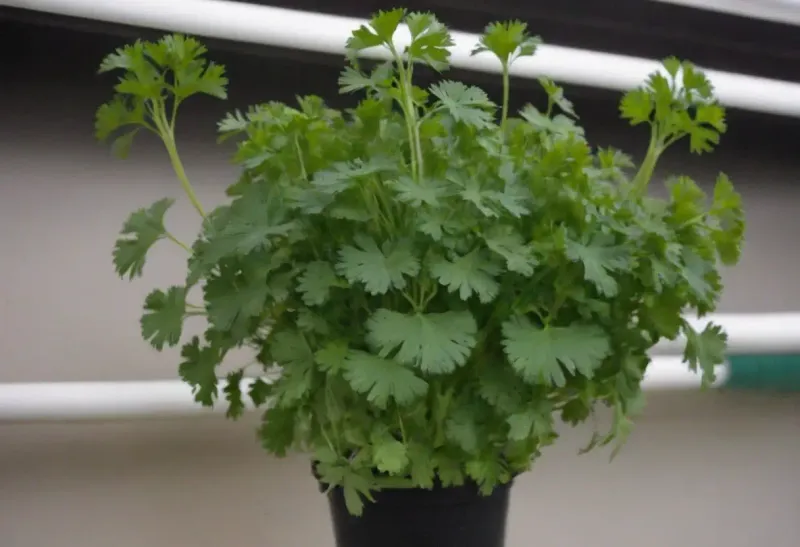
Correct pH levels are vital for nutrient absorption. Cilantro thrives at a pH of 5.8-6.2. Regular monitoring ensures the solution remains within this range. Fluctuations can impede growth and flavor. Adjusting pH requires precision, often involving acids or bases. Keeping levels balanced fosters a healthy, robust cilantro crop. This attention to detail minimizes issues and maximizes plant potential. Equipped with this knowledge, you can effectively manage your hydroponic system, leading to a rewarding harvest of fresh cilantro.
Companion Planting in Hydroponics
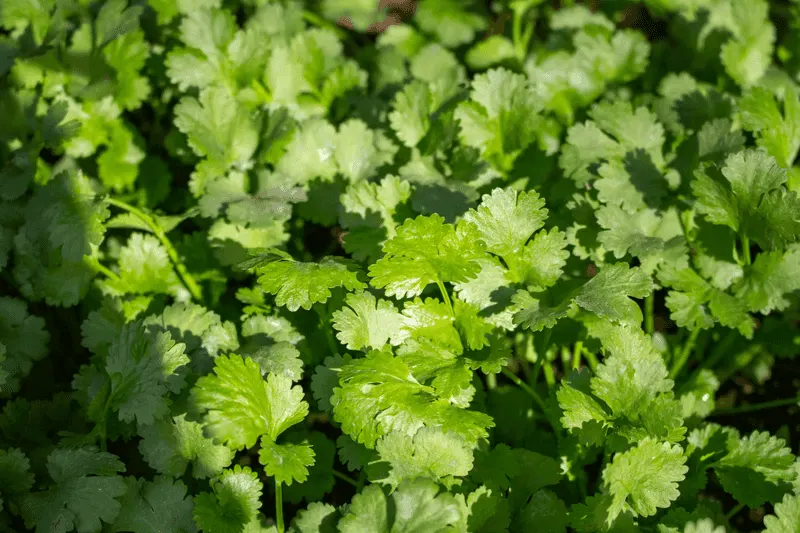
Companion planting enhances growth and deters pests. Pairing cilantro with basil or chives creates a mutually beneficial environment. These plants can share resources while boosting each other’s growth. Understanding plant compatibility enriches your garden’s diversity. Companion planting in hydroponics requires strategic planning and regular maintenance. This technique not only maximizes space but also contributes to a healthier garden ecosystem. Embrace the synergy of plant pairings to optimize your cilantro’s success.
Harvesting Best Practices
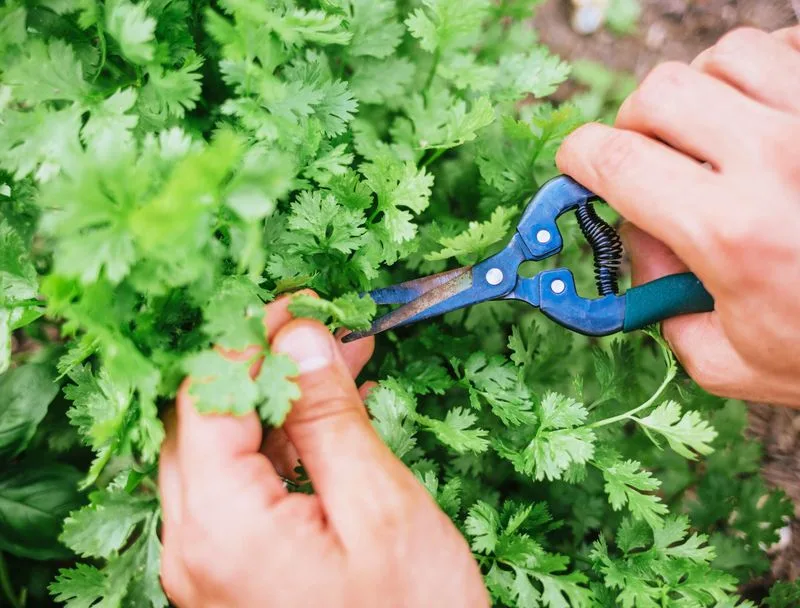
Harvesting cilantro with care ensures ongoing plant health. Use clean, sharp scissors to snip leaves near the base, avoiding damage. Regular harvesting encourages new growth, prolonging the plant’s life. Timing is crucial; harvest in the morning when the plant’s oils are most potent. This results in more flavorful leaves. Staggering harvests allows for a continuous supply, keeping your kitchen stocked with fresh cilantro. Mastering this art contributes to a thriving, productive garden.
Troubleshooting Common Issues
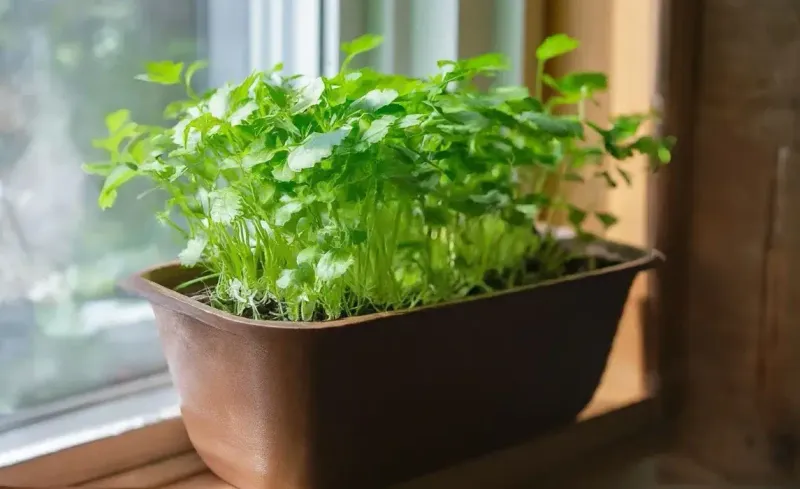
Troubleshooting is an essential skill in hydroponic gardening. Recognizing signs of distress, such as yellowing leaves, allows for timely intervention. Common issues may involve nutrient deficiencies or pH imbalances. Addressing these problems quickly prevents long-term damage. Research and observation equip you with the tools to solve challenges effectively. This proactive approach ensures your cilantro remains healthy and productive. By understanding potential pitfalls, you can navigate the nuances of soil-less gardening with confidence.

